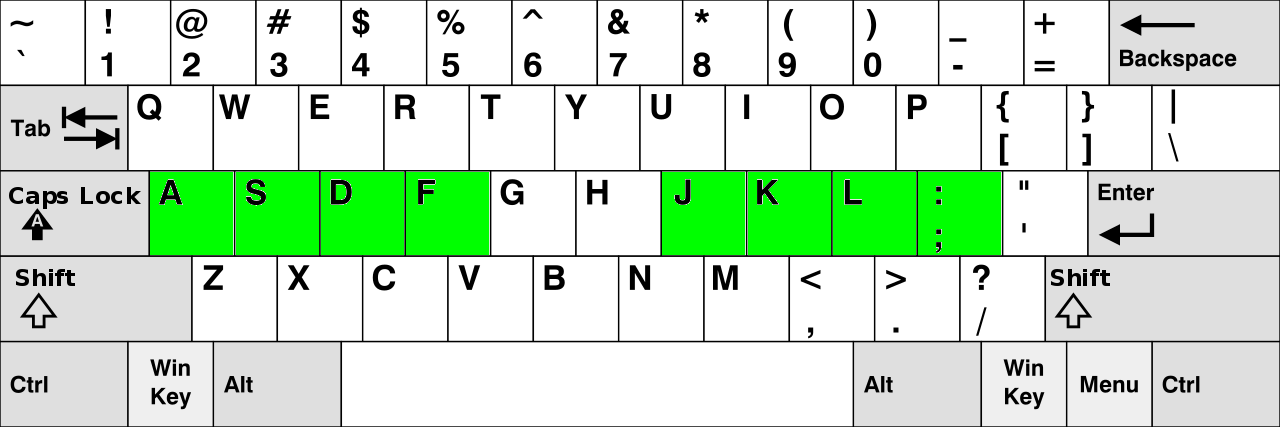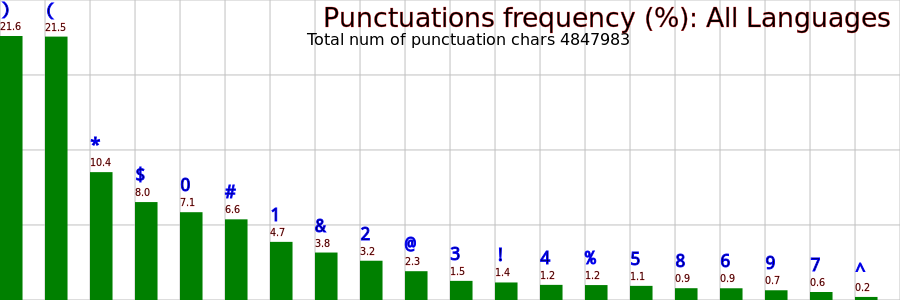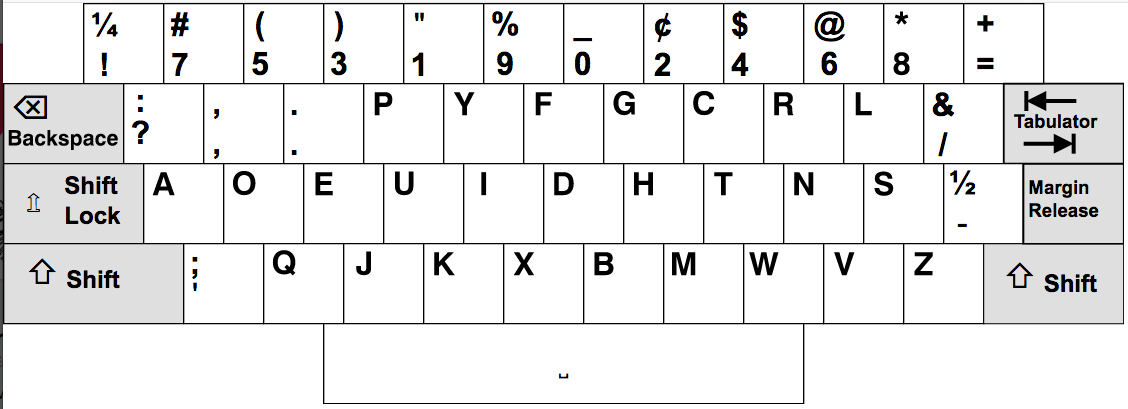Efficient Layout for Numbers
What is the most efficient keyboard layout for numbers?
Here's conventional layout.

Typical layout for numbers are arranged like this:
1 2 3 4 5 6 7 8 9 0
For the left hand, the 3 and 4 keys are most easy to type, and for right hand, it's 7 and 8. They are typed by your middle finger and index finger.
But, these numbers are not the most frequently used numbers.
Here is a frequency list.

So, 0, 1, 2 are far more used.
The optimal arrangement is to place most frequently used digits on most easy-to-type keys. Assuming right hand is better, and middle finger better than index finger for reach. It would be something like this:
efficient number arrangement . . 1 3 . . 2 0 . .
this would require changing seven keys, they are: 1 2 3 4 7 8 0.
If we ignore 0, then it would be like this:
efficient number arrangement, ignoring 0 . . 2 4 . . 3 1 . .
this would require changing five keys, they are: 1 2 3 4 7 8.
To change to one of these new layout, would be a lot disruption of muscle memory, because 5 key positions are changed. Also, the above layout did not consider bigram in numbers. It is my guess that the sequence 12 occurs more often than most other 2-digits sequence.
Suppose we just put 1 and 2 on the most easy-to-press spots. We do this by swapping 8 ↔ 1, and 7 ↔ 2. We have:
efficient layout, only 4 position changes 8 7 3 4 5 6 2 1 9 0
In this arrangement, 3 and 4 stays the same place, and 1 and 2 are moved to the most easy-to-press spots.
This simple swapping seems to achieve some 90% of optimization with minimum habit disruption.
Original Dvorak Numbers Arrangement

Note that the original Dvorak layout, has numbers arranged like this:
original dvorak layout ! 7 5 3 1 9 0 2 4 6 8
Note that it starts with !, for the left hand pinky. This is not bad, but the second most frequently used symbol 1 now needs reach.
Now if we shift to the row the left by 1 key, we have
original dvorak layout, shifted to the left by one key 7 5 3 1 9 0 2 4 6 8
This is worse, because now the most frequently used symbol 0 now needs reach.
In either case, it's worse than just swapping 1 ↔ 8 and 2 ↔ 7 .
efficient layout, only 4 position changes 8 7 3 4 5 6 2 1 9 0
Most Optimal Numbers Arrangement
Here is perhaps the most optimal, strictly based on number frequency mapping to finger ease, assuming midde finger is better than index finger.
9 7 1 3 5 4 2 0 6 8
Here is a variation:
8 9 2 3 4 5 1 0 6 7
Should the Shifted Symbols Position Also Change?
No.
Looking at the key statistics diagram above, the answer is no.
If you consider the 4 most used shifted symbols on the number row:
| symbol | key | freq |
|---|---|---|
| * | Shift+8 | 3.6% |
| $ | Shift+4 | 2.7% |
| # | Shift+3 | 2.2% |
| & | Shift+7 | 1.3% |
You see that they are already in a optimal position, pressed by your index finger or middle finger.
So, if you gonna change number keys, the shifted symbols should not change. (but most programable keyboards do not let you remap the number and associated symbol separately. also, to decouple the numbers and symbols may create confusion, because you probably need to use normal keyboard sometimes.)
Significance of Number Keys for Typing Chinese
The number keys are very frequently used if you input Chinese, almost every 6 keystrokes you have to press one of the key 1 2 3 4.
〔see Chinese Input Methods〕
In fact, it is due to typing Chinese for a few months, my left hand starting to feel strained. Typically, it's impossible to change the key used for the Chinese input system. (e.g. if you are using Google Pinyin in a browser.) So, the only solution is to actually change your layout.
How to Change the Number Layout?
Keyboard layout design
- Keyboard Layout Design 🔠
-
Ergonomic keyboard Layouts
-
Thumb Keyboard Layouts
- Most Efficient Layout?
- QWERTY Layout
- Dvorak Layout
- Maltron vs Dvorak
- Colemak Layout (2005)
- Workman Layout (2010)